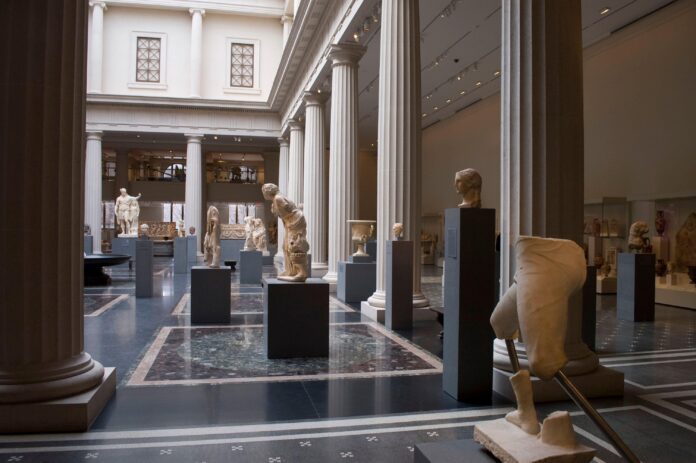The Metropolitan Art Museum’s collection of more than 1.5 million objects has come under intense scrutiny of late, as law enforcement officials, scholars and media outlets repeatedly point to the presence of looted artefacts in the institution’s inventory. In response, the Met plans to hire its own in-house provenance research team, according to The New York Times, adding new weight to claims that it will address and investigate these kinds of allegations on an institutional level.
Calls for the the Met to repatriate objects with provenance issues have mounted over the last decade. In the past year, Cambodian officials have called on the federal government to help ensure the return of heritage items, and the Manhattan District Attorney’s Office has seized antiquities from Turkey, Egypt and Italy from the museum and returned them to their countries of origin.
In a letter circulated to staff and quoted by the Times, Max Hollein, the museum’s director, wrote, “As a pre-eminent voice in the global art community, it is incumbent upon the Met to engage more intensively and proactively in examining certain areas of our collection.” He continued, “the emergence of new and additional information, along with the changing climate on cultural property, demands that we dedicate additional resources to this work.”
Once staffed, the Met’s four-person provenance research squad will consult with a group of what Hollein termed “leaders, advocates and opinion makers in the area of cultural property” and a committee of 18 conservators and curators to consider ramifications of its collecting policies.
Hollein’s letter cites the period from 1970 to 1990, when the museum’s collection grew rapidly, as a primary area of focus for the new initiative. He estimated that the “examination will include several hundred or more objects” from this era. In 1970, many countries and museums adopted Unesco’s policies for curbing the illegal trade of antiquities—though adherence and enforcement have been uneven.
“The attitude used to be, don’t acquire something you know to be stolen — that’s a very low standard,” Maxwell Anderson, a former director of the Dallas Museum of Art and the Whitney Museum of American Art, told the Times. “The attitude today is, don’t acquire something unless you know it’s not stolen. It’s a 180-degree difference.”
In 2015, the Met came under fire for owning objects sourced from Subhash Kapoor, a Manhattan dealer accused of being one of the world’s most prolific smugglers of stolen goods. The museum did not review the items until 2019 and returned some of them just this year. In September 2022, the Antiquities Trafficking Unit of the Manhattan District Attorney’s office seized $13m worth of artefacts from the Met; in March, investigators also removed a $25m statue of Roman Emperor Septimus Severus. And on 9 May, the Manhattan District Attorney’s office announced the return of two 7th-century funerary stone carvings, valued at nearly $3.5m to China; the objects had been on loan to the Met since 1998.
Hollein, in his letter, underscored the museum’s non-combative approach toward restitution claims and seizures by authorities. “We’re in constant dialogue and sometimes we’re being confronted with evidence we haven’t seen before, which makes us move,” he wrote. “There is a partnership. I don’t see our efforts as opposed to the district attorney or that we need to step up because they stepped up.”

























